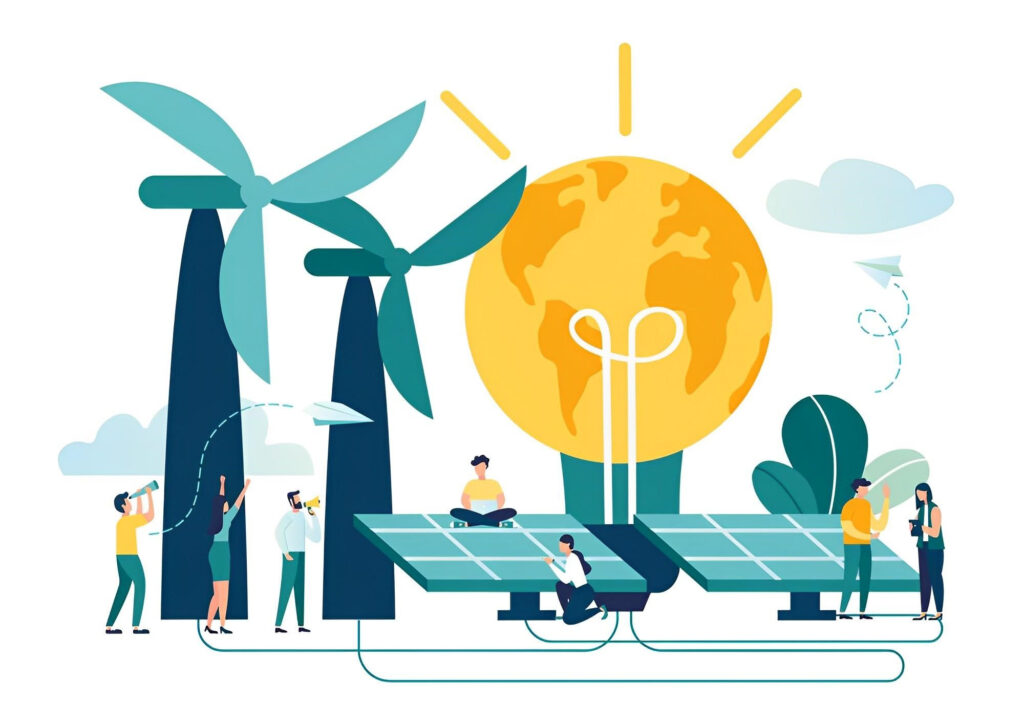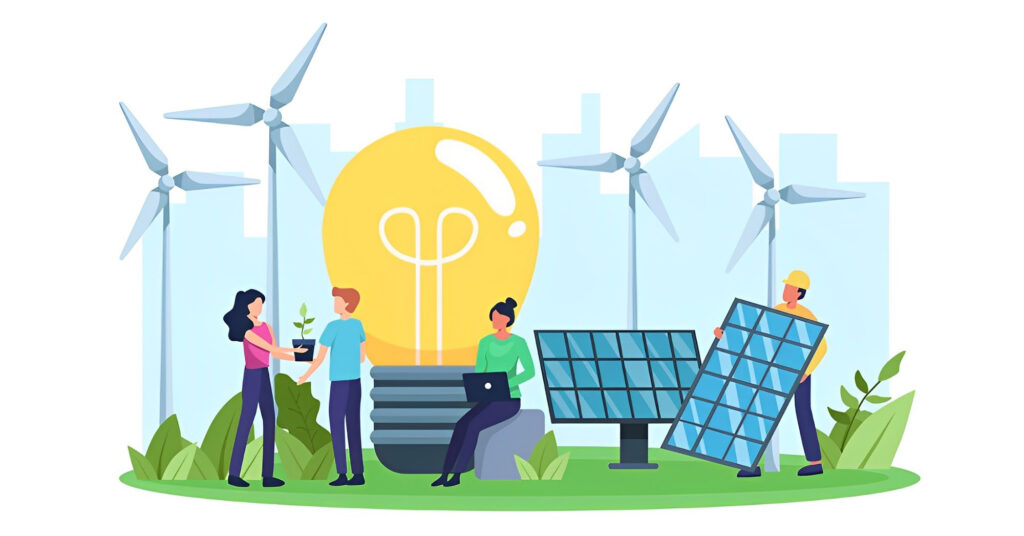This subject would have interested you more if you had gotten this email in summer  , wouldn’t it?
, wouldn’t it?
But we are sending you this in advance so that you can make the decision well in time. 
As electricity bills have a special place in our budgets, this solution is going to save you big bucks.
After all, we are Indians, and we are money-minded by default.
So, what’s the solution? A solar rooftop system!

How do solar systems work?
Every 90 minutes, enough sunlight hits the Earth’s surface to satisfy our energy needs for a whole year.
But still, India produces most of its energy through non-renewable means – especially fossil fuels which adversely impact the climate. And climate change is the reason why the government is promoting solar energy and electric vehicles (EVs).
Electricity from solar energy is generated through photovoltaic (PV) cells. Remember those small chips on your old calculator? 
It’s similar, but bigger.
These PV cells have specific advantages as an energy source: once installed, its operations generate no pollution and no greenhouse gas emissions. It shows scalability in respect of power needs.
On the other hand, if we talk about challenges, some materials required in PV systems, such as silver, may constrain further growth in the technology. Another major issue is competition for land use. The use of PV as a major source requires energy storage and distribution systems that can handle high-voltage direct current power lines causing additional costs. Also its power generation declines over the course of years, which is also a bit of a disadvantage.
But all these aspects are negligible when we look at the advantages.
A one-time investment
Installing solar rooftops is a one time investment. Its average life is 25 years and you can easily recover the installation cost in about 4-5 years. Then after, you can consider it as free electricity 

Government subsidy on rooftop solar
Moreover, the government also gives subsidies on purchasing solar systems. Under the new and simplified subsidy scheme, there is only one policy and the same subsidy rate is applicable across India. Also, the government has launched a National Portal for Rooftop Solar to simplify and unify the process.
You can calculate the eligible subsidy here.
Although, there is a catch. The Indian government has a target of 4000 MW for residential subsidy and so far 1400 MW worth of subsidy has already been claimed by approximately 4 lakh households of the country. Which means, only 7-8 lakh more houses can avail the benefit of this current subsidy scheme.
Also, this scheme currently works on a first-come-first-served basis. And the National Solar Portal states a deadline of 31st December, 2022 for interested people to register for solar systems and avail subsidy benefits. So, if you are planning to go for it, then this is the right time to get started with the process.
When going for a solar system, people have so many questions like what would be the cost, the capacity of the system required, government subsidy, net saving, which company to buy the system from, what are on-grid and off-grid systems, what is net metering etc.
To know about the A to Z of solar systems, you can check out our videos below:
Part 1
Solar system for home: cost, saving, subsidy with excel calculation
Part 2
How to install rooftop solar and claim subsidy (Last date 31st December, 2022)
You can also check out the website of SolarSquare for more information.
Quote of the week:
“Solar power is the last energy resource that isn’t owned yet – nobody taxes the sun yet.” – Bonnie Rait
Let us know your opinions and confusions on our IG @read.lla and share this newsletter with your family and friends.
Have a bright week ahead 
